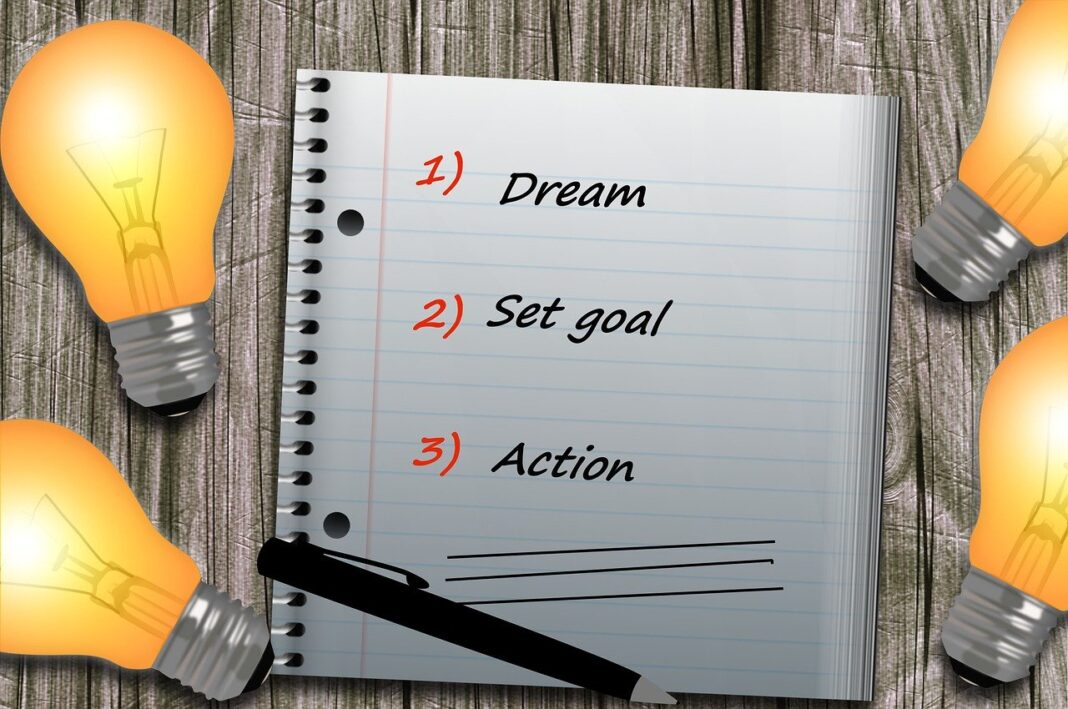Every new year, millions of people around the world pick up their pens and paper, scribbling down aspirations, dreams, and hopes. We call these goals. Yet, as December rolls around, many look back at that list to find not a single box ticked—not one.
This year, before 2025 begins, let’s ensure we create goals we can stick to and accomplish.
With that, I present to you: SMART goals!
SMART goals are arguably one of the most effective goal-setting methods out there.
SMART is an acronym that stands for:
-
Specific
-
Measurable
-
Achievable
-
Realistic
-
Time-bound
Let’s break down each element so you can learn how to set your own goals using this powerful technique.
Specific 
To make our goal specific, we need to avoid vague statements like “I want to be an author.”
Instead, we can break it down by asking ourselves, “What exactly do I want to achieve?”
This approach helps create a clear and precise goal, such as, “I want to write a 90,000-word novel.”
Measurable 
To make our goal measurable, we need a clear way to determine when it has been achieved.
Ask ourselves, “How will I know when I’ve reached my goal?”
For example, hitting 90,000 words on a novel provides a specific and tangible benchmark to confirm whether the goal has been accomplished.
Achievable 
This is our action plan.
Ask ourselves: “What steps will we take to achieve our goal?”
An example could be: “Write 1,000 words each day.”
Realistic 
We need to ensure our goal is realistic. If it’s not, we won’t be able to achieve it.
We should ask ourselves the following:
- Is the goal realistic and within reach?
- Is the goal achievable, given the time and resources?
- Am I able to commit to achieving the goal?
Example of an unrealistic goal:
“Become an Olympic swimmer within one week without any prior swimming experience.”
This goal is likely unattainable because it overlooks the extensive training, local competitions, provincial competitions, and national competitions required before qualifying for the Olympics, which takes years of dedicated effort.
Time-bound 
We need to ensure our goal is time-bound, meaning it has both a clear start and due date.
For example, if our start date is January 1, 2025, and our due date is June 30, 2025, we commit to working toward the goal from the start date and aim to achieve it by the due date.
Setting a specific timeframe boosts our motivation, which, in turn, increases the likelihood of successfully achieving the goal.
Conclusion
In today’s article, we explored the SMART goals technique, which helps us create goals that are Specific, Measurable, Achievable, Realistic, and Time-Bound. This method empowers us to set effective and actionable goals.
As we step into the new year, I challenge you to apply this technique to your resolutions and watch as each box gets checked off.

